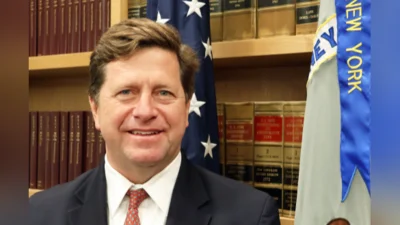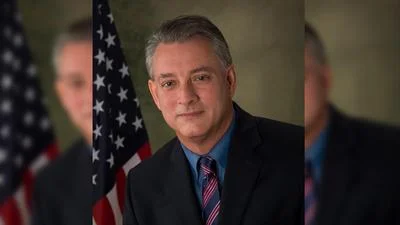The Congressional Record is a unique source of public documentation. It started in 1873, documenting nearly all the major and minor policies being discussed and debated.
“TEACHER RECRUITMENT AND RETENTION ACT” mentioning the U.S. Dept of State was published in the Extensions of Remarks section on pages E177-E178 on Feb. 14, 2001.
The publication is reproduced in full below:
TEACHER RECRUITMENT AND RETENTION ACT
______
HON. DENNIS MOORE
of kansas
in the house of representatives
Wednesday, February 14, 2001
Mr. MOORE. Mr. Speaker, I rise today to ask my colleagues to support the Teacher Recruitment and Retention Act. I am introducing this legislation today to address a pressing need in school districts across the country--the need for teachers at all levels.
Local school districts all over the country are struggling with a teacher shortage that shows no signs of abating in the near future. Urban, rural and suburban districts are all struggling, to different degrees, with this problem caused by a combination of demographic trends and a low teacher retention rate.
The children of the Baby Boomers, or the ``Baby Boom Echo,'' resulted in a 25% increase in our nation's birth rate that began in the mid-
1970s and reached its peak in 1990 with the birth of 4.1 million children. The children of the Baby Boom Echo are flooding our schools--
in the fall of 2000, 53 million young people entered our nation's public and private classrooms and, for the fourth year in a row, set a new national enrollment record for elementary and secondary education. The record 2000 enrollment reflects an increase of 6.5 million, or 14% since fall 1990.
Furthermore, the U.S. is on the verge of a massive wave of retirements as the large cohort of experienced teachers who were hired in the late 1960s and 1970s begin to leave the profession. A total of 2.2 million teachers are needed to meet enrollment increases in the next 10 years and to offset the large number of teachers who are preparing to retire. The nationwide shortage of teachers is already particularly pronounced in the disciplines of science, math, special education, and foreign languages.
Unfortunately, young teachers are leaving the profession at an alarming rate. Local school administrators are working overtime to find the qualified teachers they need, but their toughest problem is keeping them once hired. Our recent booming economy, which has benefited Americans at all levels, has drawn quality teachers to higher-paying, lower-stress jobs in the private sector. Twenty-two percent of all new teachers leave the profession in the first three years. Studies show that teachers are much more likely to remain in the field of education throughout their career if we can help them through the first three years.
Local school districts are already feeling the effects of this trend. Last year, I conducted a survey of school districts within the Third Congressional District in Kansas, and the principals reported to me that 92% of elementary schools, 95% of junior high/middle schools and 75% of high schools reported they were able to fill all teaching positions with qualified teachers. Furthermore, the principals fully expect this problem to continue--75% of all schools reported they anticipate difficulty hiring qualified teachers in the future, including 90% of the middle school and junior high schools.
It is time for the federal government to assist states and local school districts in attracting and keeping qualified teachers. It is also time to recognize that recruiting and retaining good teachers is a national priority worthy of federal investment.
Mr. Speaker, today with several of my colleagues I am introducing the Teacher Recruitment and Retention Act. This bill would forgive 100% of federal student loans (up to $10,000) over five years for any newly qualified educator who: teaches in a low-income school, teaches special education, or teaches in a designated teacher shortage area (as defined by the state departments of education). The provisions of this bill would apply to all Federal Family Education Loan (FFEL) Direct Loans
(DL).
I encourage my colleagues to hear the requests of their school districts and join me in cosponsoring this important legislation.
____________________








